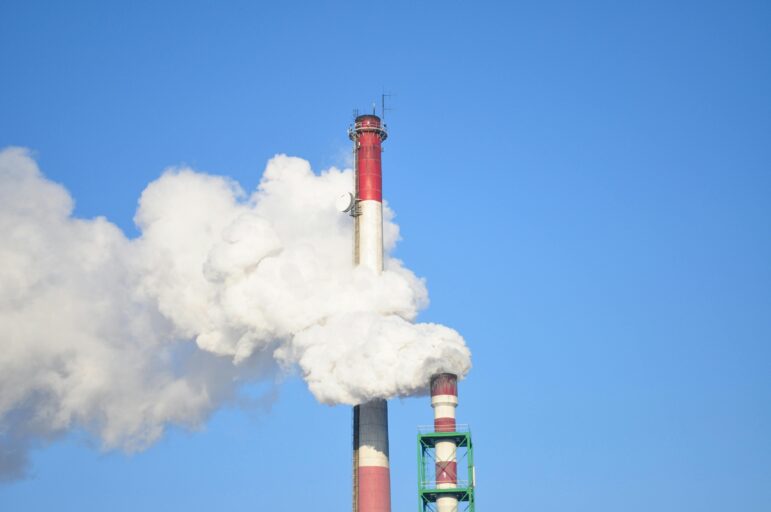
CCAN is part of a national coalition of more than 300 environmental and public health groups working together to combat the fossil fuel lobby’s efforts to minimize federal oversight of coal ash dumps.
What is coal ash?
Coal ash, also known as fly ash, is the waste byproduct of coal combustion. Most coal ash is disposed of in lined dumps or lagoons that are meant to contain the toxic waste. However, toxins from coal ash often escape into the atmosphere anyway, through either faulty storage systems or unlined storage facilities. In 2007, the United States produced 131 million tons of coal ash. Of this, 43 billion tons were used to create products like concrete, while nearly 75 million tons were disposed of in coal ash landfills or lagoons.
Problems with coal ash
Despite the coal industry’s best attempts to control this “harmless” substance, coal ash leaches deadly chemicals into the environment. Coal ash disposal sites release toxic chemicals and metals such as arsenic, lead, boron, selenium, cadmium, thallium, and other pollutants at levels that pose risks to human health and the environment. If eaten, drunk or inhaled, these toxicants can cause cancer and nervous system impacts such as cognitive deficits, developmental delays and behavioral problems. They can also cause heart damage, lung disease, respiratory distress, kidney disease, reproductive problems, gastrointestinal illness, birth defects, and impaired bone growth in children.
A 2007 report by the EPA found that pollution from coal ash dump sites significantly increases both cancer and other health risks and degrades water quality in groundwater supplies surrounding the dumps. Some scientists claim that coal ash is even more dangerous to human health that nuclear waste. Ash emitted by coal-fired power plants brings 100 times more radiation into the environment than an equivalent-sized nuclear power plant. Exposure to coal ash is unmistakably dangerous for both the environment and human health.
Coal ash regulation
The EPA’s proposed coal ash rule is far from perfect. Instead of setting a clear direction for cleaning up coal ash and regulating its disposal, it instead offers two options: use the strongest protections under the law to curb the coal ash threat or treat it like common household trash, with little to no federally-enforceable requirements to clean up the coal ash mess.
CCAN supports strong, federally-enforceable safeguards that guarantee coal ash will not pollute drinking water, rivers, streams, wildlife and American communities. This hazardous waste has been ignored for far too long and has already left millions of Americans at risk of cancer, organ damage and other health threats from coal waste pollution.
To get involved email Jon Kenney, Maryland Community Organizer, at Jon@chesapeakeclimate.org.
Learn More
- Coal Ash in Maryland
- Coal Ash in Virginia
- 7 Myths from the Utility Industry & 7 Facts You Should Know
- 7 Key Differences Between EPA’s Title C and Title D Coal Ash Regulation Options
- “Coal ash is more radioactive than nuclear waste,” Scientific American, December 2007.
- “Coal Ash: Hazardous to Human Health,” Physicians for Social Responsibility.
- More information about the EPA’s proposed coal ash rule
- “In Harm’s Way: Lack of Federal Coal Ash Regulations Endangers Americans and their Environment.” Environmental Integrity Project, August 2010.

